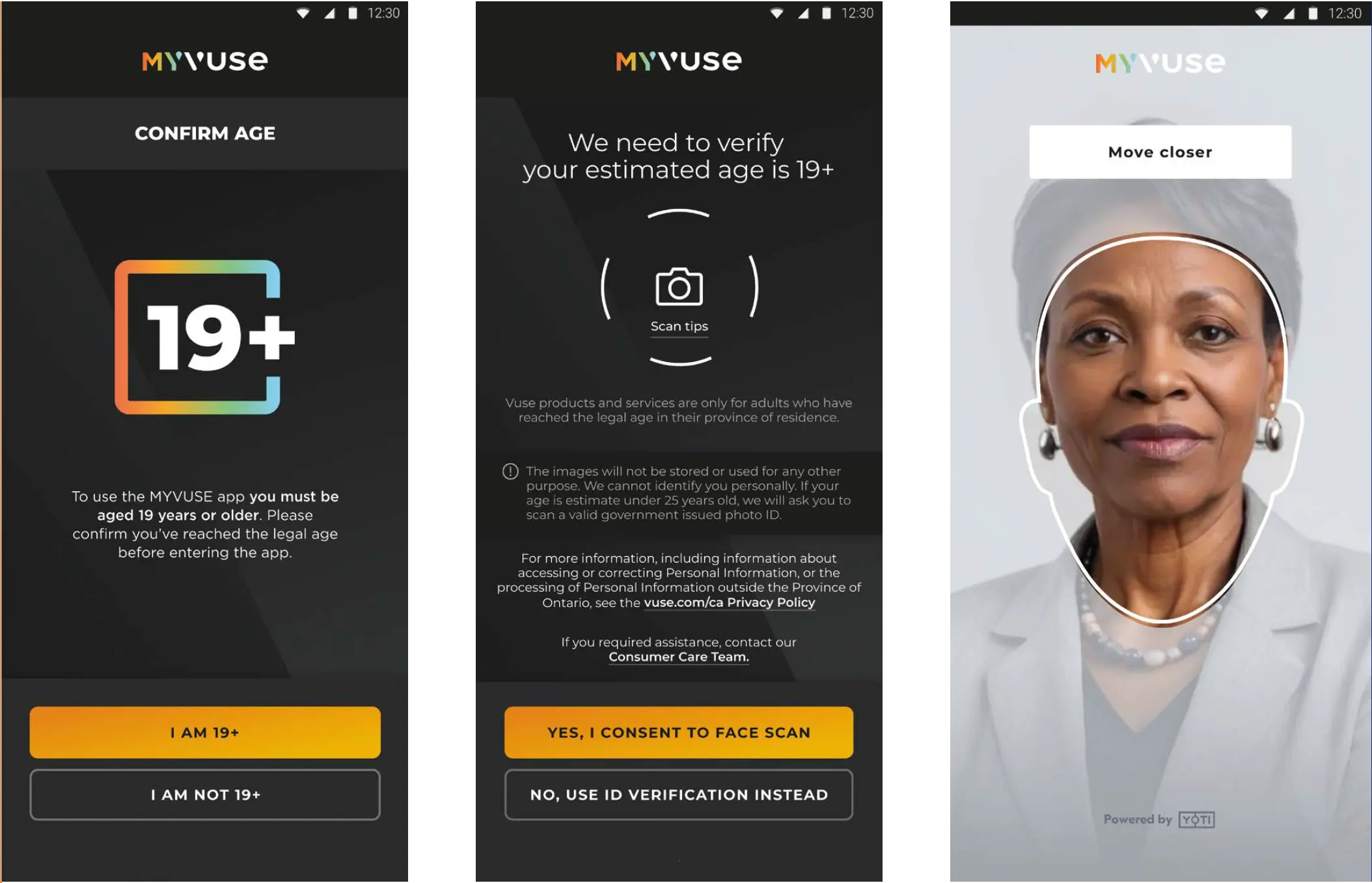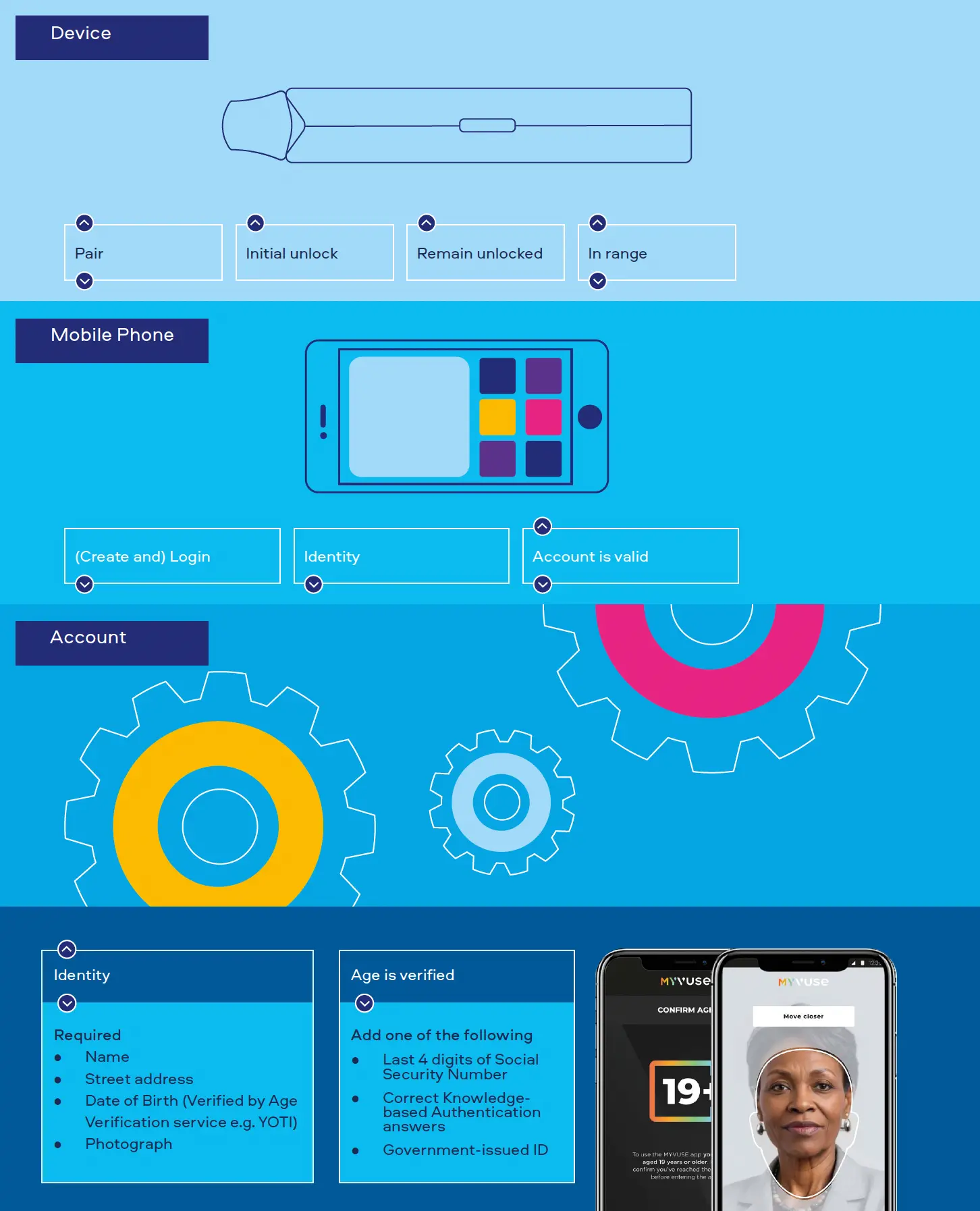Big Question 5 - What is BAT Doing to Address Underage Access to Tobacco and Nicotine Products?
KEY SUMMARY POINTS
01
No one underage should use tobacco or nicotine products.
02
Tobacco and nicotine products are for adults only and our marketing is targeted to adult tobacco and nicotine consumers only.
03
Technology and innovation can play a role at retail or on product to further prevent underage access and usage.
"Vaping is not for children and young people."
UK NHS
Young people and vaping [1]
We do not want anyone underage ever to use any of our tobacco or nicotine products.
A fundamental tenet of our efforts to Build a Smokeless World by advancing Tobacco Harm Reduction (THR) is identifying and supporting solutions that address underage access to tobacco and nicotine products.
While underage access to tobacco and nicotine products is a multi-stakeholder issue, BAT remains committed to preventing the underaged from accessing our products, including through appropriate retail controls, collaborating with business partners and responsible marketing.














